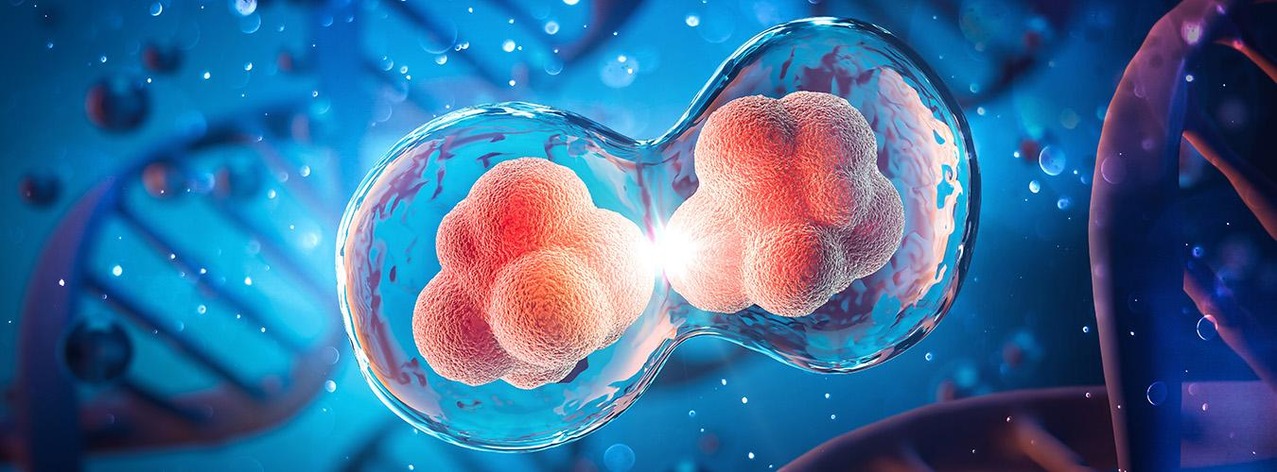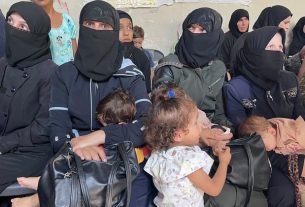Introduction to Conjoined Twins
Conjoined twins are a rare and fascinating condition where identical twins are physically connected at birth. This occurs when the embryo divides incompletely during early stages of development, typically between 13-15 days after conception. As a result, conjoined twins share a placenta and an amniotic sac. While extremely rare, the condition affects approximately 1 in 50,000 to 1 in 100,000 live births, with female fetuses being more commonly affected—approximately 3 females for every male pair.
Despite the rarity of this phenomenon, conjoined twins face unique medical, psychological, and social challenges due to their shared physical connection. Raising awareness and promoting inclusion for conjoined twins is essential for their well-being and social integration.
World Conjoined Twins Day: A Call to Action
In recognition of the unique challenges faced by conjoined twins, the United Nations General Assembly proclaimed November 24th as World Conjoined Twins Day. The observance aims to increase global awareness of this rare condition, emphasizing the importance of advocating for the health, well-being, and social inclusion of conjoined twins worldwide.
The initiative highlights the need to raise awareness at all levels—locally, nationally, and globally—about the specific needs of conjoined twins. It also calls for ensuring access to appropriate healthcare and support services, allowing these individuals to lead fulfilling and healthy lives. The observance underscores the necessity of cooperation between United Nations agencies, member states, and other relevant stakeholders to promote the inclusion of conjoined twins in society and provide the necessary medical, psychological, and social support.
A Rare and Complex Condition
Conjoined twins result from an incomplete division of the embryo, typically occurring between 13 and 15 days post-conception. While the exact cause is unknown, studies have shown that the condition is not associated with maternal age, race, or heredity, and the risk of recurrence is negligible. The shared placenta and amniotic sac present both medical and logistical challenges for the health and development of conjoined twins, requiring highly specialized care.
Conjoined twins often undergo multiple surgeries to separate their bodies, but in some cases, separation may not be possible due to the shared organs or vital systems. This decision involves complex medical, ethical, and emotional considerations. The life-course approach advocated on World Conjoined Twins Day calls for greater understanding and support for conjoined twins at every stage of life, from birth through adulthood.
Advocating for Healthcare and Social Inclusion
The United Nations has long advocated for the right of every individual to the highest attainable standard of physical and mental health. World Conjoined Twins Day reinforces the United Nations’ commitment to ensuring universal health coverage, with particular attention to the needs of marginalized and rare populations, including conjoined twins. The observance aligns with the Sustainable Development Goals (SDGs), particularly Goal 3, which focuses on ensuring healthy lives and promoting well-being for all at all ages.
Through efforts to strengthen global healthcare systems and promote equitable access to essential services, the United Nations strives to leave no one behind, including those with rare conditions such as conjoined twins. A key objective is to build resilient health systems that can provide people-centered, quality care, particularly in regions where access to specialized healthcare may be limited.
Furthermore, social inclusion is an essential aspect of this day. Conjoined twins, like all individuals, deserve the opportunity to live full and meaningful lives without facing stigma or discrimination. Advocacy for their rights, dignity, and social participation is critical in building a more inclusive and compassionate global society.
Global Solidarity and Multilateral Cooperation
The observance of World Conjoined Twins Day also calls for international solidarity, cooperation, and multilateral action. By strengthening partnerships with relevant stakeholders, including governments, healthcare providers, advocacy organizations, and academic institutions, the global community can enhance the support systems available to conjoined twins and their families. Collaborative efforts should aim to improve healthcare infrastructure, reduce inequalities, and ensure that conjoined twins are not excluded from mainstream social, educational, and economic opportunities.
The need for coordinated global action is more pressing than ever. By working together to support the inclusion of conjoined twins and other marginalized groups, the international community can advance the principles of equality, non-discrimination, and universal health coverage.
Conclusion: Ensuring Well-being for All
World Conjoined Twins Day is an important reminder of the uniqueness and complexity of conjoined twins, as well as the global commitment to ensuring that all people, regardless of their circumstances, have access to healthcare and social inclusion. As we celebrate this day, it is crucial that we reaffirm our collective responsibility to protect and promote the rights of conjoined twins and all individuals living with rare conditions.
The United Nations, through its ongoing efforts to advance global health, human rights, and social inclusion, remains dedicated to ensuring that no one is left behind, no matter their physical condition or background.
For more information on World Conjoined Twins Day, visit UN’s World Conjoined Twins Day Page.
References:
- United Nations, World Conjoined Twins Day: UN Official Page
- United Nations Sustainable Development Goals (SDGs), Goal 3: Good Health and Well-being.
- World Health Organization (WHO), Universal Health Coverage.



